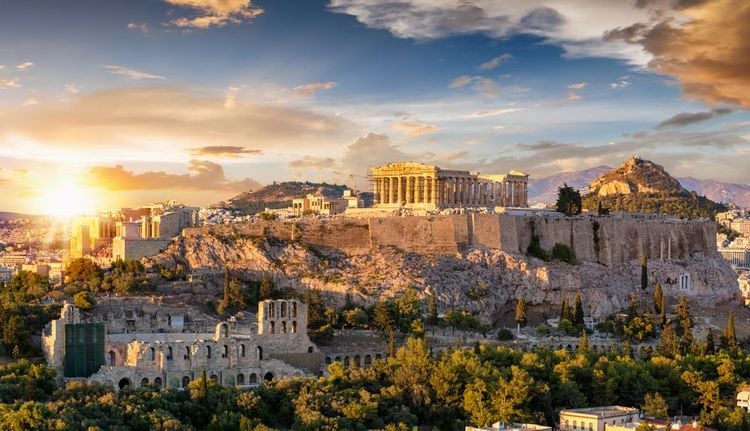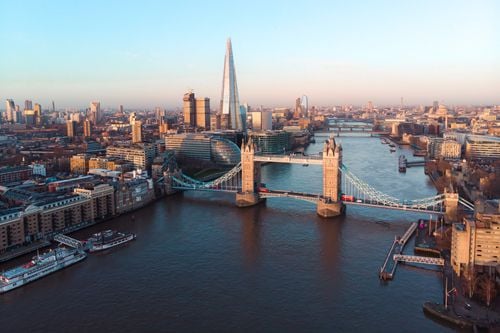The site has been occupied continuously since the city’s inception. As early as the late Neolithic era (around 3000 B.C.), the site was being used as both a residential and burial space. The site became a public place as early as the 6th century B.C. With an ever-changing cultural and political makeup, the Agora took on many different forms before reaching the one we have come to know in the 2nd century B.C. Various building activity was undertaken at the site throughout the centuries, from the Persians in 480 B.C. and the Romans in 89 B.C., to the Slavs in 580 A.D., before being gradually abandoned. The site became active and residential again from the Byzantine period to about the 1830s, before archeological excavations could be conducted. Major archaeological digs were started in the mid 19th century and are ongoing to this day. In the mid-1970s, major restoration works were carried out at the Hephaestion or Temple of Hephaestus.
The Ancient Agora was a pillar of Ancient Athenian society. A dynamic, bustling hub where people gathered, met and exchanged ideas, it was the true heart of the ancient city. Great thinkers such as Sophocles or Socrates would have come here to meet with other citizens and exchange with peers, discuss relevant political and social developments in the city and participate in debates. Athens’ Agora is one of the most well preserved examples of this place of gathering that would have been at the centre of social and political life in any Ancient Greek city-state. Located northwest of the Acropolis, the Agora is an incontestable must-see for anyone curious about Athens as an ancient city, and the life of its inhabitants.
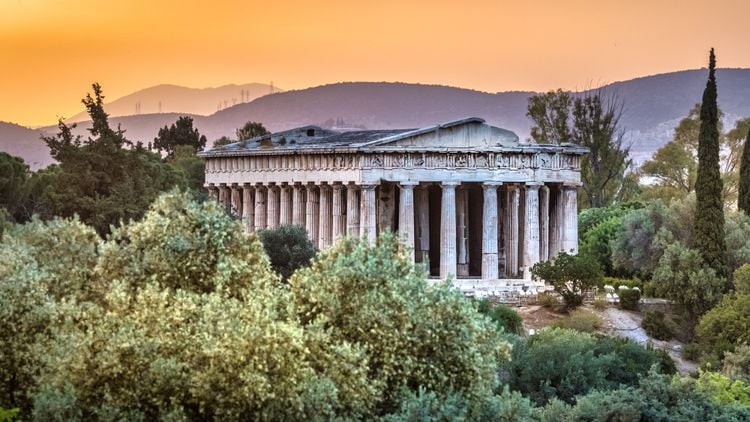
Athens’ Ancient Agora at sunset.
- © RUBEN M RAMOS / ShutterstockThe history of the site
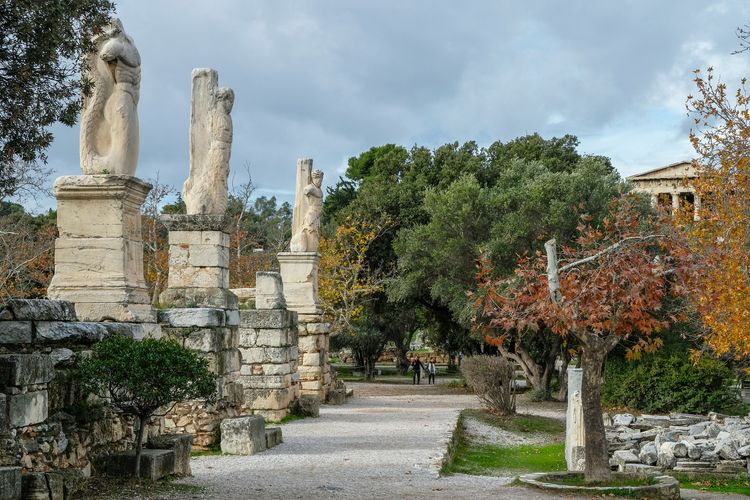
The Ancient Agora in Athens.
- © Oscar Espinosa / ShutterstockThe Temple of Hephaestus
On the Western side of the Agora, you won’t be able to miss what is the space’s most imposing monument: the Temple of Hephaestus. Completed in 415 B.C., at the height of the city’s Golden Age, this Doric peripteral temple dedicated to Hephaestus is in excellent condition and a prime example of this style of architecture. Hephaestus, the forger God of craftsmanship and fire, is an important figure in the Greek pantheon, and the erection of a temple dedicated to him in the ancient Agora, surrounded by metal-working and pottery workshops makes perfect sense. You might ask why this particular temple is very well preserved whereas a lot of the Ancient Agora now stands in ruins? Well the answer is rather simple, from the 7th century until the 1830s, the temple served as an Orthodox Church of Saint George Akamates and the building would have been properly cared for and maintained. Take your time to walk through this incredible structure and immerse yourself in the fascinating ancient architecture.
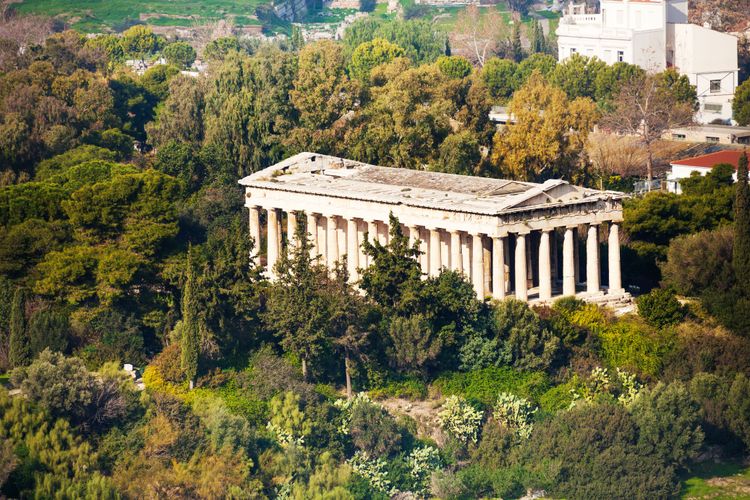
The Temple of Hephaestus at Athens’ Ancient Agora.
- © Sergey Novikov / ShutterstockThe Bouleuterion
An assembly place, the Bouleuterion was a pillar of social and political life in ancient Athens. Also referred to as the “council of 500”, the Bouleuterion assembled hundreds of citizens to discuss, confer and exchange on decisions concerning public affairs, pass laws and treaties. Solon, an Athenian lawmaker and statesman, is credited with originating Athens’ Bouleuterion, inviting representative citizens from the city’s four original “tribes” to make decisions together in 594 B.C. When a new Athenian constitution was adopted in 507 B.C., 50 men were chosen from 10 different newly formed “tribes” to serve as representatives for one year terms. You can observe the remains of Old Bouleuterion just beneath the Agoraios Kolonos, or the old meeting place where craftsmen would gather outside of the Temple of Hephaestus. Just west of the old building, you’ll find the remains of the New Bouleuterion which date back to the late 5th century B.C. and was built as a bigger, more accommodating structure.
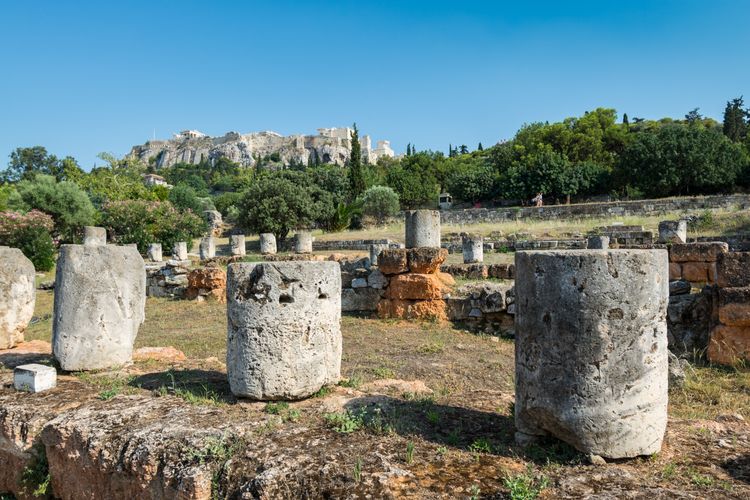
Remains of the Bouleuterion at Athens’ Ancient Agora.
- © Victor Jiang / ShutterstockThe Tholos
Right by the Bouleuteiron, you’ll also see the remains of another significant building in Athenian political life: the Tholos. It served as the headquarters of the pyraneis, a set of 50 men who made up the executive committee overseeing members of the Bouleuterion. They would serve for 35 to 36 days so that by the end of the year, members of each of the ten tribes had had a chance to serve as pyraneis. The Tholos was a round structure, with six internal columns and a propylon that would have been added in the first century B.C.
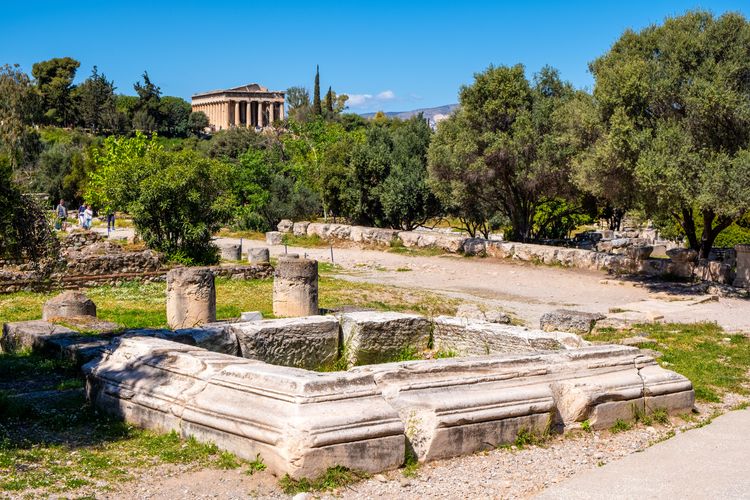
Ruins at the Athenian Agora.
- © ArtMediaFactory / ShutterstockThe Odeon of Agrippa
At the centre of the ancient agora, stand the impressive remains of the Odeon of Agrippa. Built in about 15 B.C., the large odeon was a gift from Roman statesman Marcus Vipsanius Agrippa to the people of Athens. The impressive auditorium was built with two stories, and a seating capacity of around 1000, complete with a raised stage. The building suffered damage throughout the years, and the roof eventually collapsed in 125 A.D., although it was repaired, the Herulians finally destroyed the odeon in 267 A.D. Today, visitors can still admire the ancient entrance to the odeon, and imagine what once would have been a brilliant auditorium.
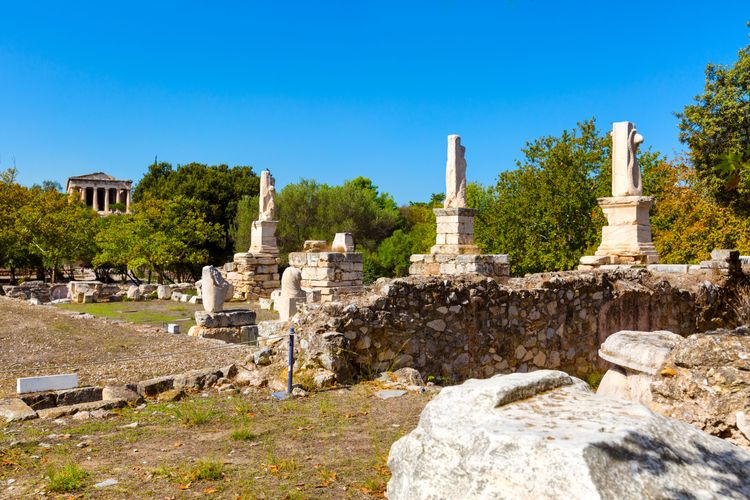
Remains of the Odeon of Agrippa at the Ancient Agora in Athens..
- © Nataliya Nazarova / ShutterstockThe Agora of Athens Museum
The recently refurbished Museum of the Athens Agora is located inside the Hellenistic Stoa of Attalos. The structure was rebuilt in the 1950s as a place to host archaeological finds and artefacts from the Agora in order to safely store and exhibit them. Although the museum is on the smaller side, you’ll find objects ranging from the stone Age to the Classical period, with close attention paid to artefacts directly related to the development of democracy in the city. The museum really complements the experience of visiting the Agora, with these objects often giving visitors a more accurate perspective on the Agora’s role.
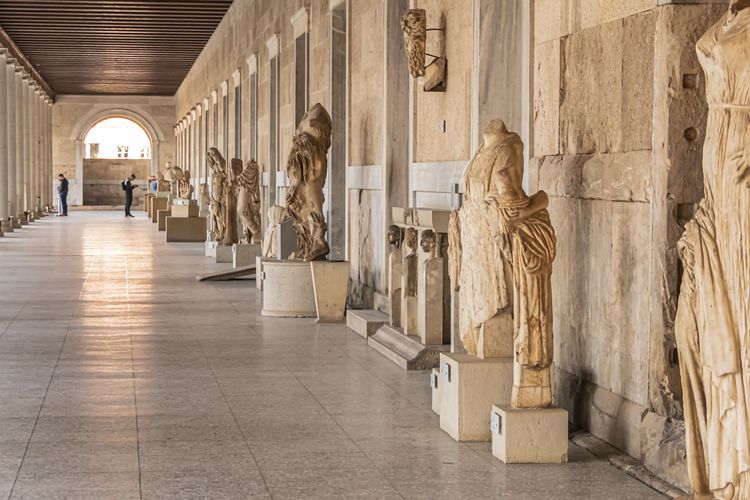
The Museum collection inside the Hellinistic Stoa of Attalos.
- © Kiev.Victor / ShutterstockPractical information about your visit
- In the Winter season (October 1st to March 31st), the Agora is open daily from 8:30am to 4pm. In the Summer season (April 1st to September 30th), the Agora is open daily from 8am to 9pm. Admission to the Agora costs 10€, the reduced fee is 5€. Please check the official website to check special closing days in advance.
- The Museum is open daily from 8am to 5pm, except on Tuesdays when it opens at 10am. Admission to the Museum costs 10€, the reduced fee is 5€.
- The Museum is a historic building but accessibility measures have been put in place for those who may need them. A wheelchair access is in place at the main entrance.
Our favourite place to stay near the Agora
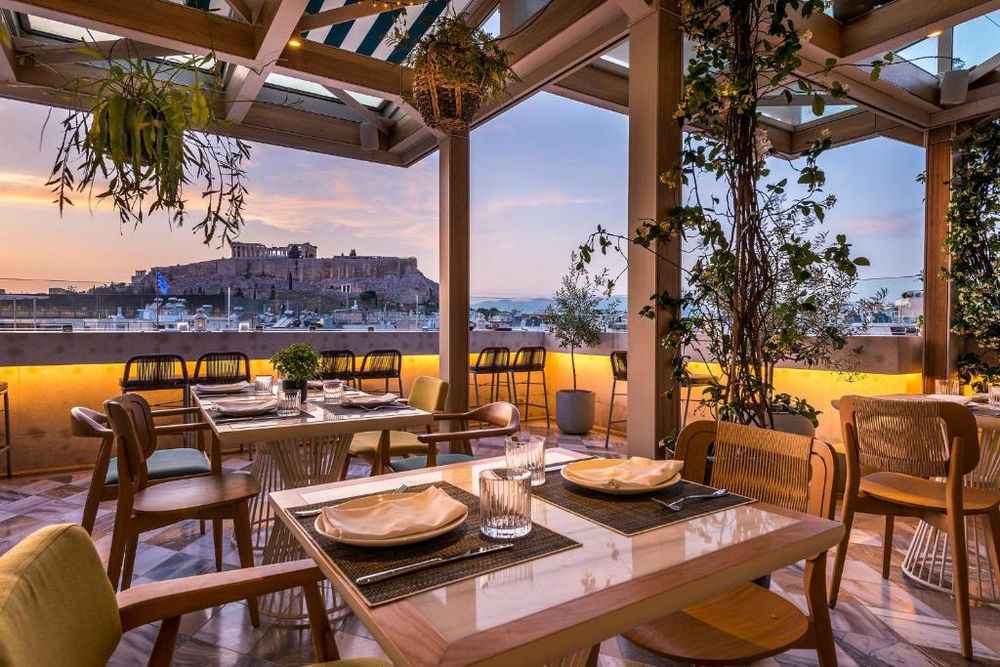 Athens
Athens
Niche Hotel Athens
Nestled in the heart of Athens, just a two-minute stroll from the Acropolis Museum, Niche Hotel Athens offers an array of amenities including concierge services, allergy-friendly rooms, a restaurant, complimentary property-wide WiFi, and a stylish bar.How to get to the Agora?
By foot:
- The Agora is located in the heart of town and thus very easily accessible by foot. It is a short walk from other archaeological sites like the Acropolis.
By public transport:
- The nearest metro stop is Thiseio and you can take many different bus routes to get there.
Useful Links
The Ancient Agora website:
http://odysseus.culture.gr/h/3/eh352.jsp?obj_id=2485?utm_source=easyvoyage
